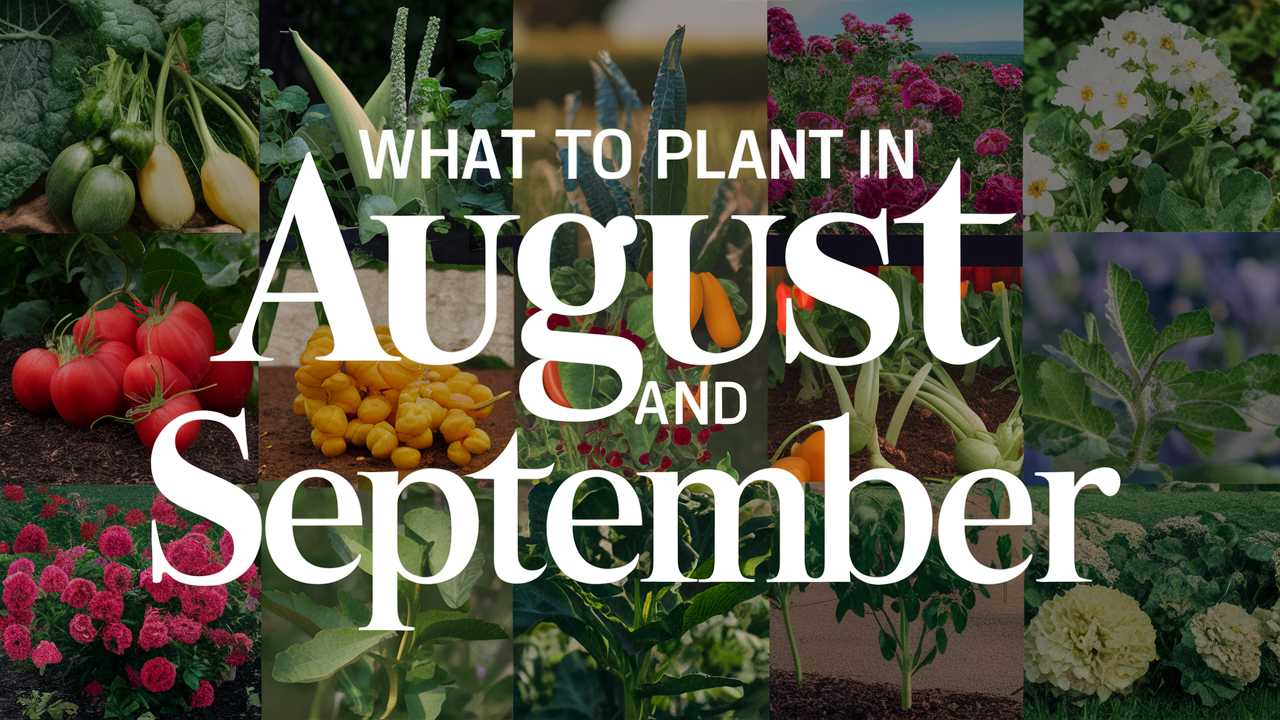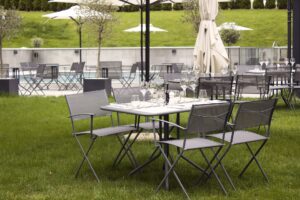As the heat of summer begins to wane, the transition into late summer and early fall offers a unique opportunity for gardeners. August and September are ripe with potential for planting, whether you’re aiming for luscious vegetables, vibrant flowers, aromatic herbs, or stunning landscape plants.
This guide will explore what to plant during this crucial period, providing a wealth of information tailored to the USDA plant hardiness zones to help you make the most of your late summer planting endeavors.
Vegetables To Plant
Kale
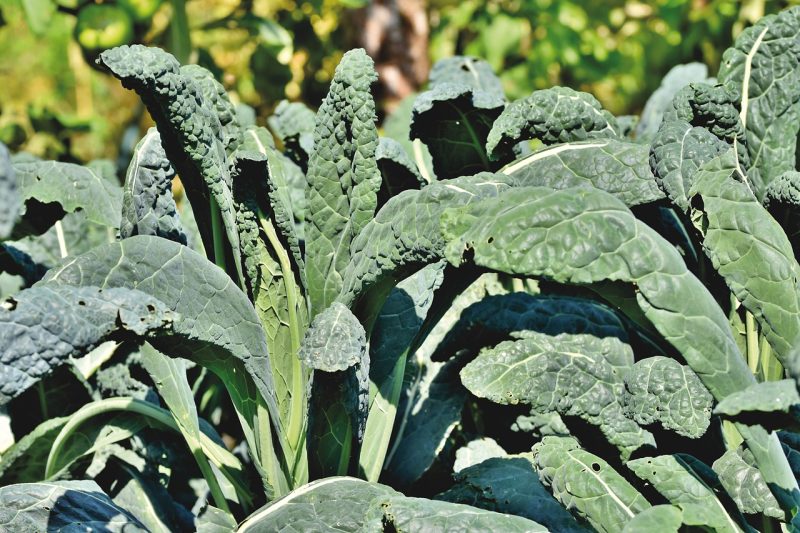
Kale is a hardy green that thrives in cooler temperatures, making it ideal for late summer planting. This leafy vegetable can be sown directly into the ground from late August to early September in USDA zones 3 through 9. Kale prefers temperatures between 60°F and 65°F, allowing it to produce sweet, tender leaves even after a light frost. In warmer zones, prioritize planting in the shade to prevent bolting.
Spinach

Similar to kale, spinach benefits from the cooler weather of early autumn. In USDA zones 3 to 9, you can sow spinach seeds in late August through mid-September. Spinach is fast-growing and can be harvested as baby leaves in as little as 30 days, making it an excellent choice for quick pops of green. It grows best at temperatures around 50°F to 60°F and will continue to produce until the first hard frost.
Beets
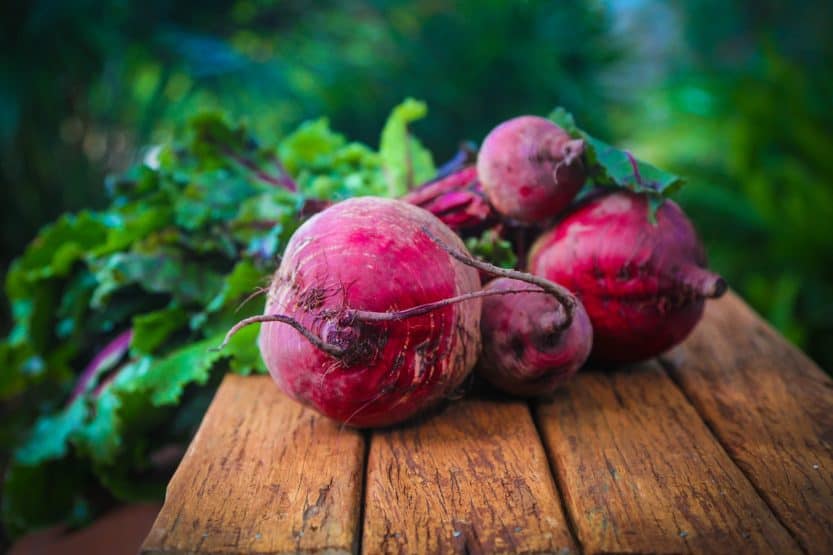
Beets are a nutritious root vegetable that can be sown from mid-August through late September, flourishing best in USDA zones 3 to 9. These hardy plants enjoy the cooler temperatures of fall, developing their sweet flavor after exposure to frost. Beets can handle light frosts and prefer well-draining soil enriched with organic matter. Their greens are also edible, providing a dual-purpose crop.
Carrots

Carrots are another root vegetable that flourish in cooler temperatures. For zones 3 through 9, directly sow seeds between mid-August and late September. Carrots take approximately 70 to 80 days to mature, making them perfect for late-season harvests. They thrive at temperatures between 60°F and 70°F. Their sweet flavor often intensifies after exposure to frost, making a late summer planting particularly rewarding.
Radishes

Radishes are one of the quickest-growing vegetables, making them ideal for planting in late summer. In USDA zones 3 to 10, you can sow radish seeds from mid-August to early September. These fast germinators are ready for harvest in about 30 to 40 days. Radishes prefer cooler weather (ideal temperatures are around 55°F to 68°F) and can withstand light frost, which can enhance their flavor and crunch.
Broccoli

Broccoli is a cool-weather vegetable that thrives when planted in late summer. For USDA zones 3 through 7, seedlings can be transplanted in mid-August to early September. Broccoli tolerates temperatures as low as 40°F and performs optimally at around 60°F. It does best in rich, fertile soils and benefits from a side-dressing of nitrogen-rich fertilizer as it grows.
Swiss Chard

Swiss chard, known for its colorful stems and nutritious leaves, is a perfect candidate for late summer planting. In USDA zones 3 to 10, seeds can be sown from mid-August to September. This leafy green thrives in cooler temperatures and can withstand light frosts. Additionally, Swiss chard is a robust grower, producing a continuous harvest until the first hard frost, making it a favorite among fall gardeners.
Turnips
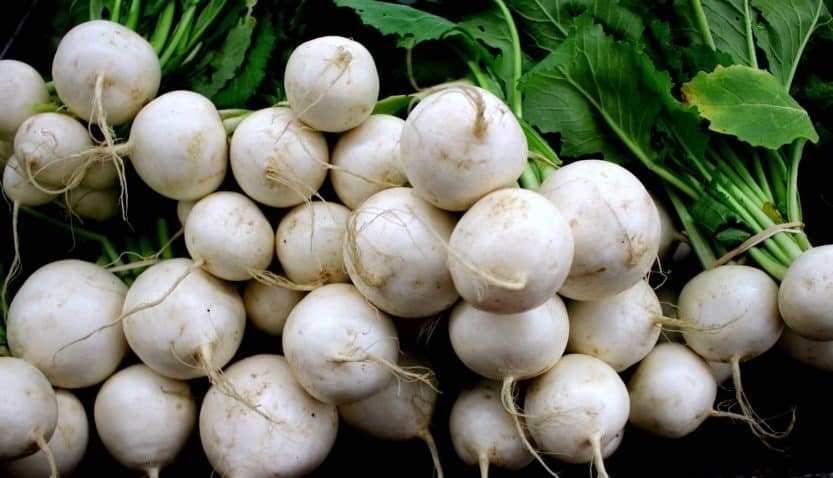
Turnips are versatile root vegetables that can also be grown in late summer. In USDA zones 3 to 9, they can be sown in late August through September. They thrive in cooler temperatures (between 50°F and 60°F), which allows for a sweeter flavor. Turnips mature in about 50 to 60 days and provide both edible roots and greens.
Mustard Greens
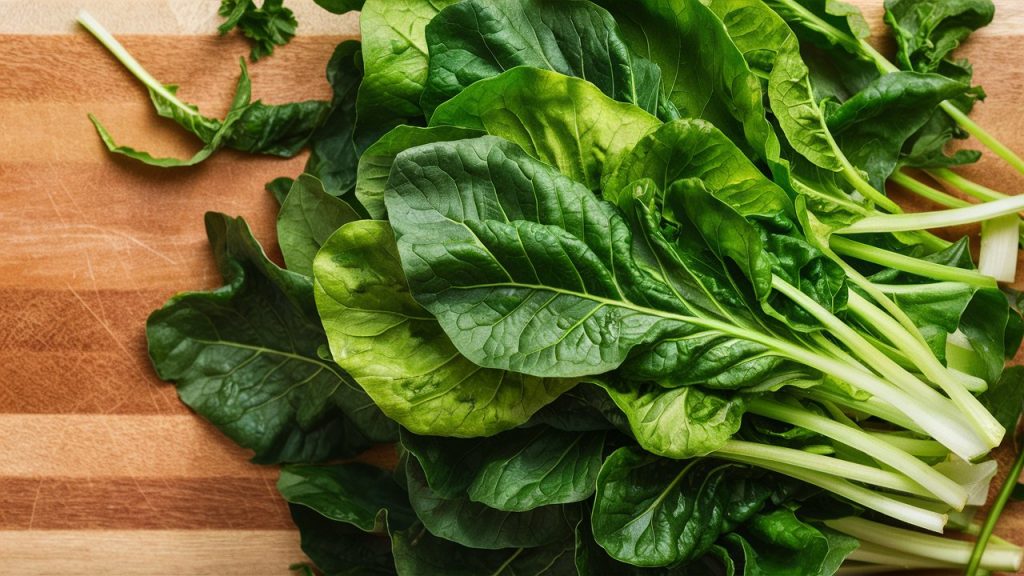
Mustard greens, known for their peppery flavor, can be sown directly into the garden from mid-August through September in USDA zones 3 to 9. These greens grow well in cooler weather and prefer temperatures between 60°F and 70°F. Mustard greens are fast-growing, often ready to harvest within 30 days, and their robust flavor can spice up salads and cooked dishes alike.
Cucumbers
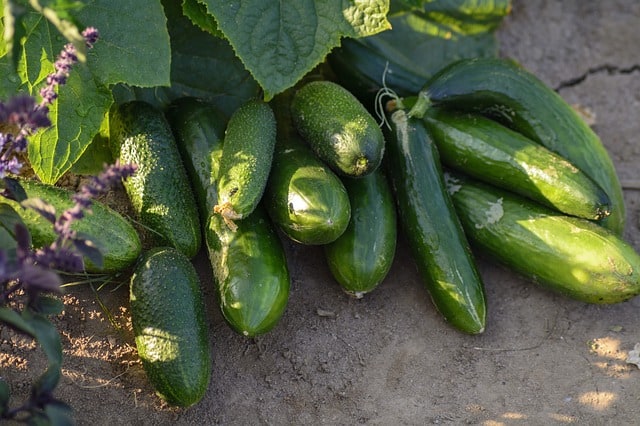
While cucumbers are typically a summer vegetable, in warm USDA zones (8 and above), you can plant a second crop of cucumbers in late August for an autumn harvest. Varieties like ‘Slicing’ or ‘Pickling’ can yield a bountiful crop if planted early enough in September. They prefer temperatures above 70°F for germination and growth, so monitor your local climate.
Flowers To Plant
Aster

Asters are resilient perennial flowers that can be planted in August and September. They thrive in USDA zones 3 to 8 and are known for their late-summer blooms, providing much-needed color in the garden as other plants start to fade. Plant asters in well-draining soil with full to partial sunlight, as they prefer cooler temperatures and will attract beneficial pollinators like butterflies.
Chrysanthemum

Chrysanthemums, or mums, are iconic fall flowers that can be planted in late summer. In USDA zones 5 to 9, you can sow them from mid-August to early September. Mums come in various colors and shapes, thriving in well-drained soil. They enjoy full sun, which aids in producing vibrant blooms. The cooler temperatures of autumn also enhance their longevity.
Pansies

Pansies are cool-weather flowers that thrive when planted during late summer. In USDA zones 3 to 9, they can be sown from late August to early September. Pansies excel in cooler temperatures and offer a vibrant palette that brightens any landscape. They can even tolerate light frost, making them ideal for planting in early fall to provide blooms through autumn and into winter.
Snapdragons
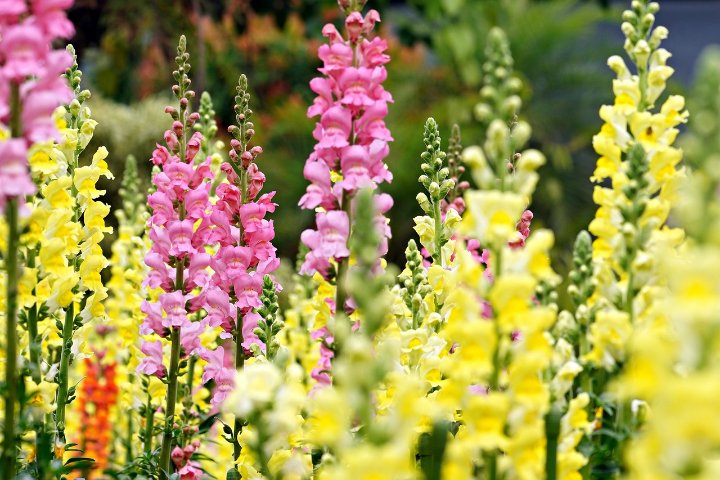
Snapdragons are colorful blooms suitable for planting in late summer. In USDA zones 4 to 9, sow them from August to early September. They thrive in cooler temperatures and can develop sturdy stalks that resist fall winds. Snapdragons bring vertical interest to garden beds and do well in full sun to partial shade.
Delphinium
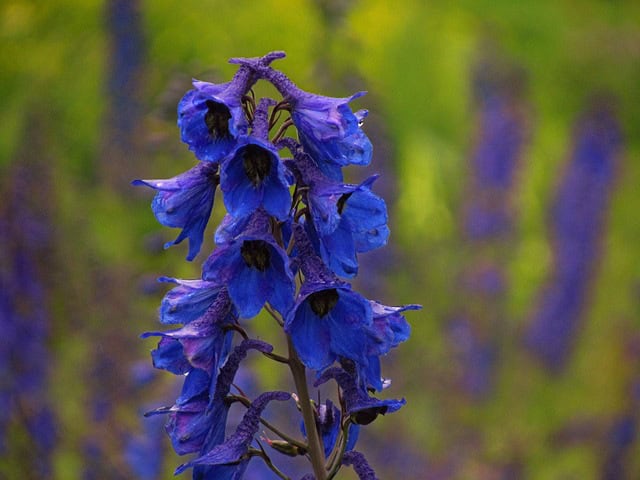
Delphiniums are striking perennial flowers known for their tall, erect flower spikes. In USDA zones 3 to 7, they can be planted in late summer for a display of blue and purple blooms. Delphiniums prefer rich, fertile soil and cooler temperatures between 60°F and 70°F. They require staking due to their height and can serve as a stunning focal point in any garden.
Ironweed
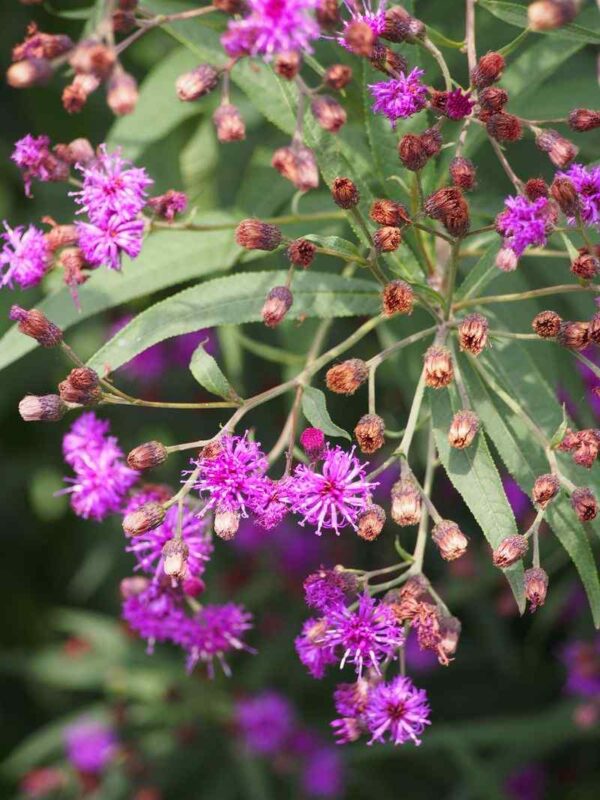
Ironweed is a hardy perennial that offers rich purple blooms in late summer. It is suitable for USDA zones 3 to 8 and can be planted in August or early September. These resilient plants thrive in diverse soil conditions and attract butterflies and bees, adding biodiversity to your garden. Ironweed grows well in full sun and is often a favorite for naturalistic gardens.
Ornamental Cabbage
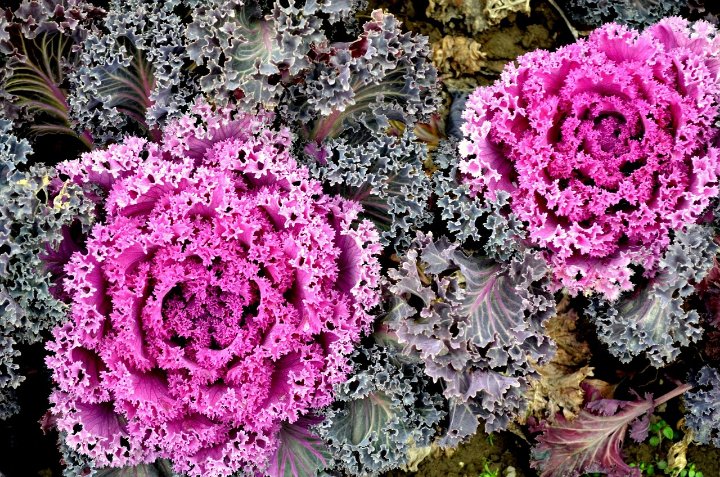
Ornamental cabbage is a unique addition that offers colorful foliage as the weather cools down. In USDA zones 2 to 10, you can plant these visually striking plants in late summer, ideally in August. They thrive in cooler temperatures and are resistant to frost, making them perfect for fall gardens. These plants prefer full sun and can serve as interesting focal points, especially in containers.
Fall-blooming Crocus
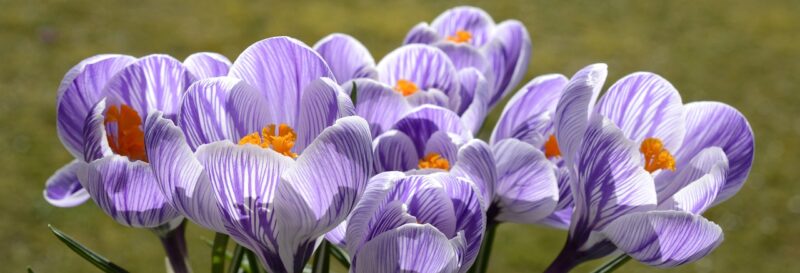
Fall-blooming crocus are delightful bulbs that can be planted in late summer for an early autumn display. Suitable for USDA zones 3 to 9, plant them in early September. These small yet stunning flowers thrive in well-drained soil and full sun, offering vibrant blooms that often stand out in an otherwise fading landscape. Their ability to naturalize makes them a great addition for perennial gardens.
Tithonia (Mexican Sunflower)
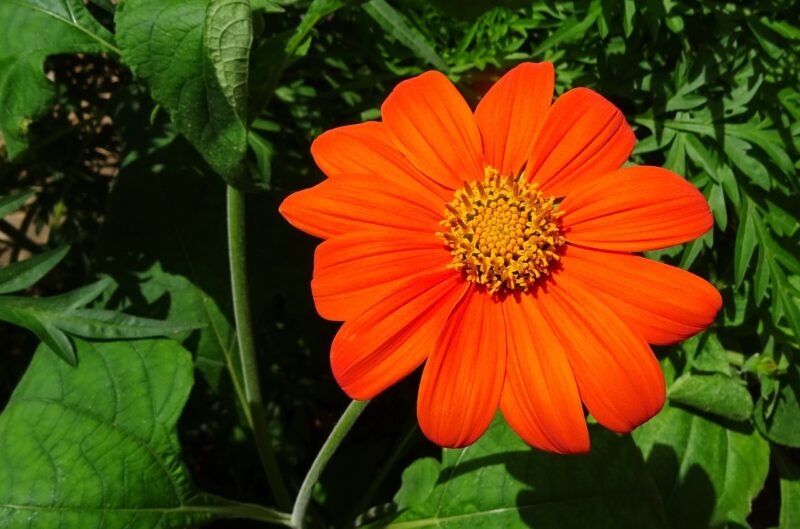
Tithonia is a stunning annual that can be sown in late summer for a radiant display of orange and yellow blooms. Suitable for USDA zones 3 to 10, sow seeds from mid-August to early September. These sun-loving plants thrive in full sun and heat but are sensitive to frost, so ensure they are protected before the first fall chill. Tithonia attracts pollinators, providing both color and benefits to your garden ecosystem.
Herbs To Plant
Cilantro

Cilantro, or coriander, is a versatile herb that can be sown in late summer. USDA zones 3 to 10 provide ideal conditions for planting cilantro from mid-August to September. It prefers cooler temperatures, hence the late summer planting works well in temperate climates. With a quick germination time and a biannual cycle (leaves in cooler months, seeds in warmer months), cilantro is a gardener’s favorite.
Chives
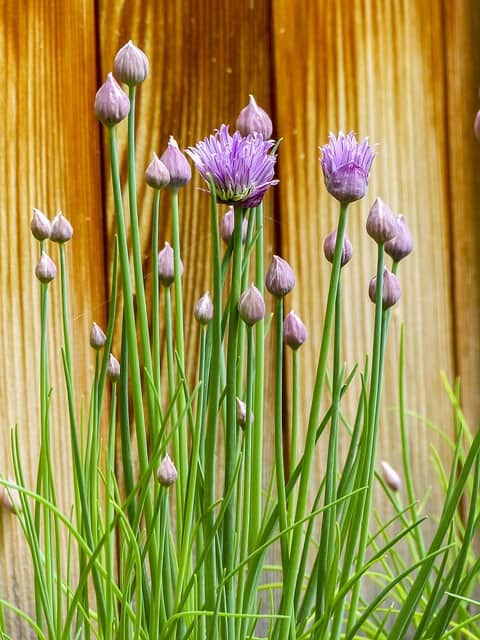
Chives are perennial herbs that thrive in cooler temperatures, making late summer an ideal time for planting. In USDA zones 3 to 9, you can sow chive seeds from mid-August to early September. They require full sun and well-drained soil, and their delicate purple blooms attract pollinators. Chives are also incredibly easy to maintain, providing a savory addition to many dishes.
Dill
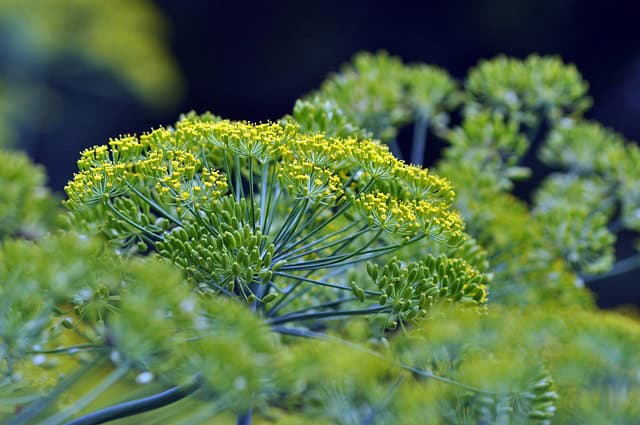
Dill is an aromatic herb that can be planted late in the summer for a fall harvest. Suitable for USDA zones 3 to 9, you can sow dill seeds from mid-August to early September. It prefers well-drained soils and tolerates cooler temperatures. Dill grows quickly, often maturing in 60 days, yielding both flavorful leaves and seeds.
Oregano

Oregano is a hardy perennial herb that can be planted in late summer. In USDA zones 5 to 10, oregano seeds can be sown from mid-August through September. This Mediterranean herb thrives in full sun and well-draining soil. Oregano is drought-tolerant once established, and its robust flavor makes it a culinary favorite in herb gardens.
Sage

Sage is a versatile culinary herb that benefits from being planted late in the growing season. Suitable for USDA zones 4 to 9, you can sow sage seeds or transplants from mid-August to early September. It prefers well-drained soil and full sun. Sage loves the cooler autumn days and can continue to grow well into fall, making it ideal for harvest in winter.
Thyme
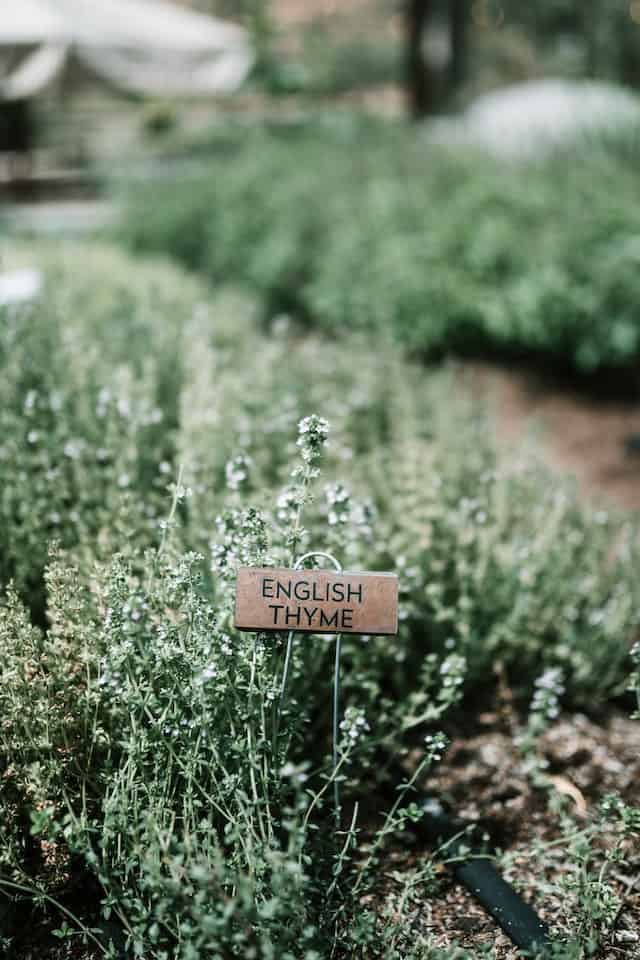
Thyme is a perennial herb that does well when planted late summer. In USDA zones 3 to 9, you can sow thyme seeds from mid-August through September. Thyme thrives in well-drained soil and full sun. It’s drought-resistant and can withstand different climate conditions, making it a perfect herb for beginner gardeners.
Fennel
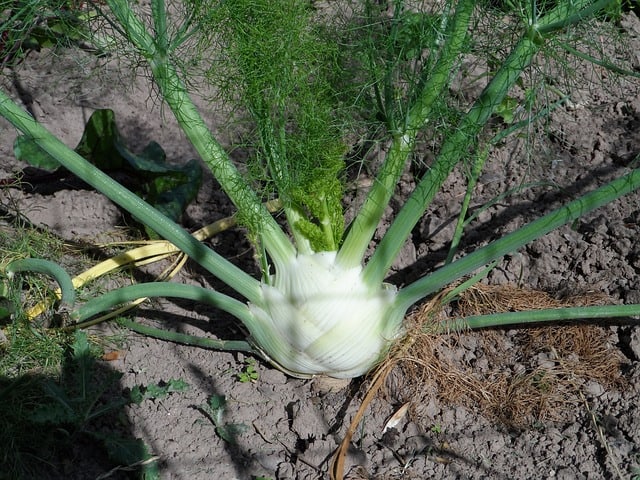
Fennel can be a beautiful addition to both gardens and kitchens. In USDA zones 5 to 10, sow fennel seeds from late August to early September. This herb prefers full sun and well-drained soil. Fennel thrives in cool weather, so late summer planting offers the chance for a fall harvest. Both the leaves and bulbs are edible and add a unique flavor to dishes.
Parsley

Parsley is a hardy biennial herb that can be planted in late summer. In USDA zones 3 to 10, sow parsley seeds in mid-August through September. Parsley flourishes in well-drained soil and full sun, though it can tolerate partial shade. It prefers cooler conditions, and the fall even helps improve its flavor.
Mint
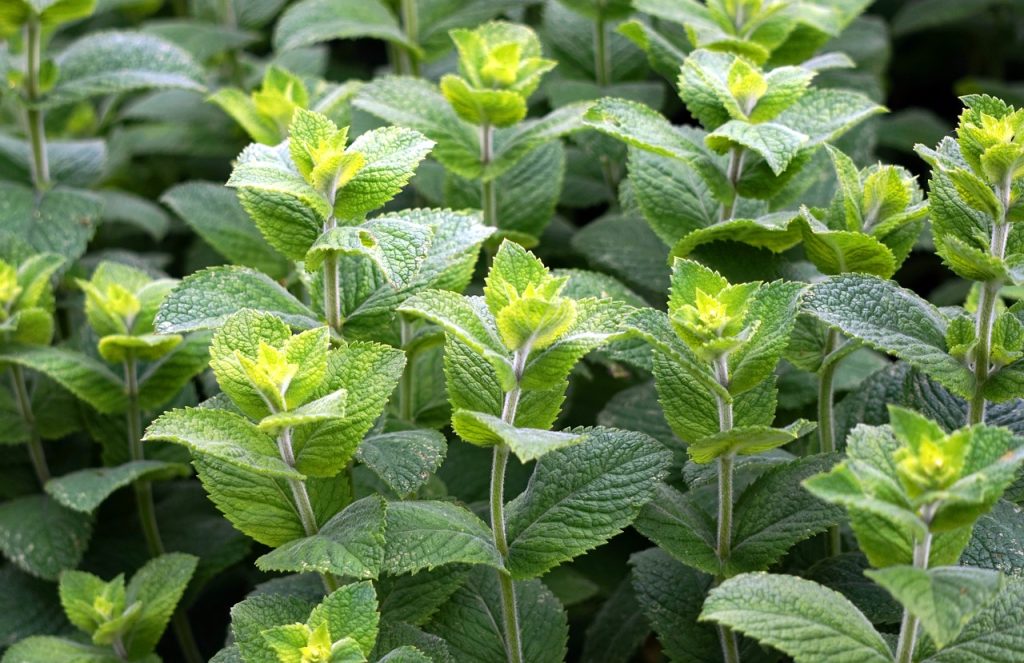
Mint is a vigorous perennial herb that can handle being planted late summer. Appropriate for USDA zones 3 to 10, mint can be sown from late August to early September. Mint prefers moist, well-drained soil and will thrive in a variety of conditions. Keep in mind that mint can spread aggressively, so consider planting it in containers.
Lemon Balm
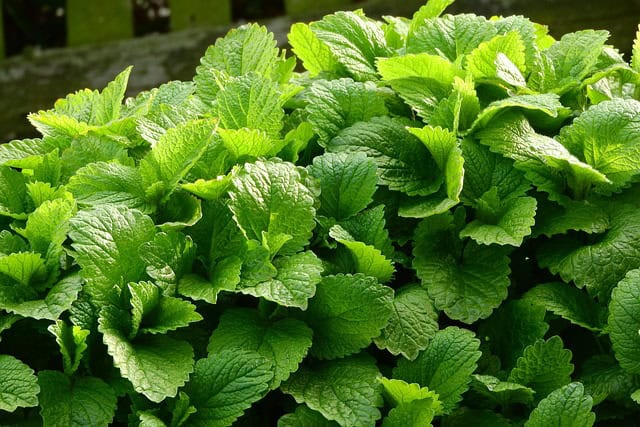
Lemon balm is a delightful herb with a pleasant citrus aroma, which can be planted late in the summer. In USDA zones 4 to 9, you can sow seeds in mid-August through early September. It does well in full sun and well-drained soil, thriving in cooler temperatures. Lemon balm is also known for its ability to repel mosquitoes, making it a practical choice for outdoor gardens.
Landscape Plants To Plant
Ornamental Grasses
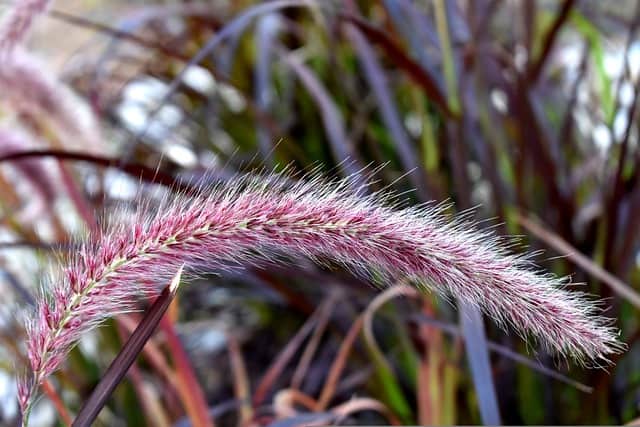
Ornamental grasses add texture and movement to garden spaces, making them ideal for late summer planting. In USDA zones 4 to 9, many varieties can be planted from August through September. Grasses like Miscanthus or Panicum prefer full sun and are drought-tolerant once established, providing beauty and habitat for wildlife. They thrive in well-drained soils and can blend well into a variety of garden styles.
Perennial Flowers
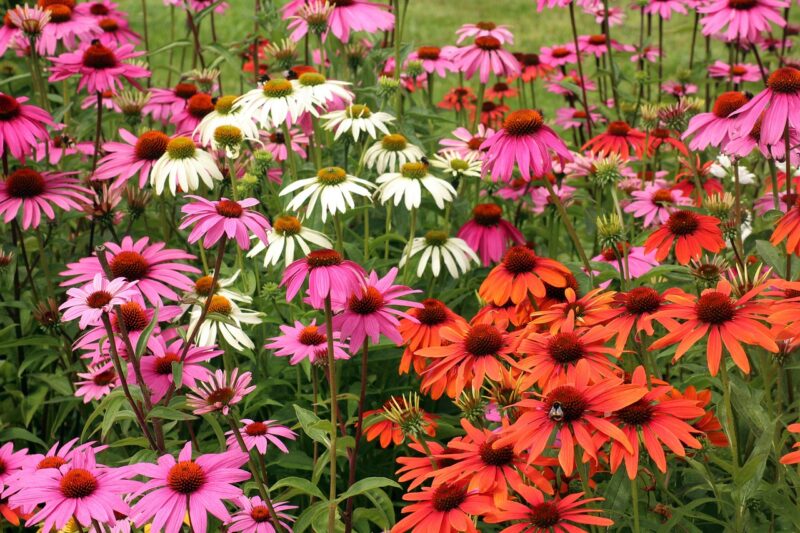
Late summer is a great time to establish perennial flowers that will come back year-after-year. In USDA zones 3 to 9, consider planting varieties such as coneflowers or black-eyed Susans in mid-August through September. They require well-draining soil and full sunlight, and they’re excellent for attracting pollinators. These plants help create a low-maintenance garden that offers color and energy in future seasons.
Barberry
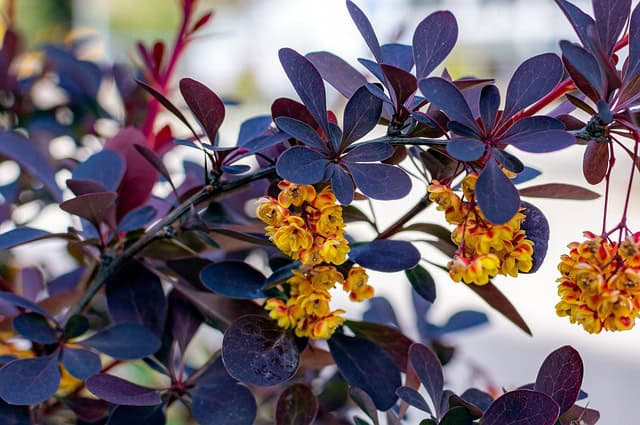
Barberry is a hardy shrub suitable for USDA zones 4 to 8, which can be planted in late summer. They’re drought-tolerant and thrive in well-drained soils, making them ideal for shrubby borders or landscape backgrounds. These spiny plants also provide seasonal interest with their vibrant yellow blooms and colorful berries in the fall.
Hydrangeas
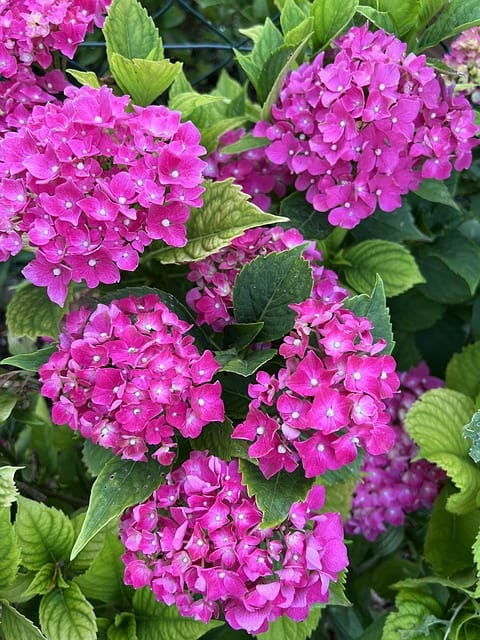
Hydrangeas can be planted in late summer for guaranteed blooms in the following spring. In USDA zones 3 to 9, you can add these shrubs to your landscape from August through early September. They grow best in moist, well-drained soils and can tolerate partial shade. Hydrangeas are particularly favored for their spectacular flower heads that can change color based on soil pH.
Butterfly Bush
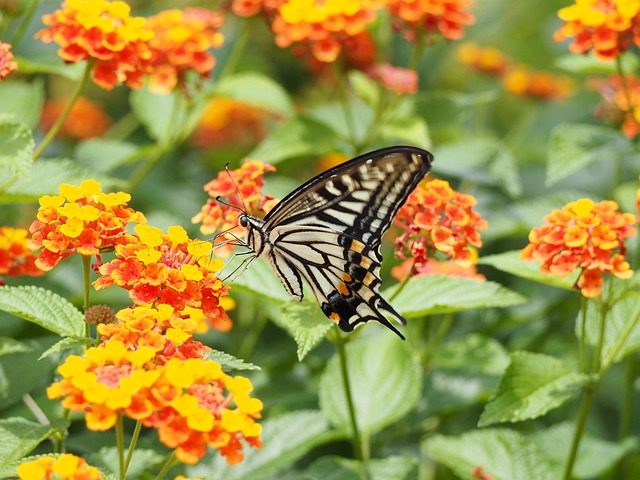
The butterfly bush is a fabulous addition to any garden, attracting butterflies and hummingbirds. For USDA zones 5 to 9, plant these bushes in late summer. Butterfly bush prefers full sun and well-draining, dry soils, and they bloom in late summer to fall, adding color to your landscape when many other plants start to fade.
Spiraea

Spiraea is a shrub that can be planted in late summer, suitable for USDA zones 3 to 8. These shrubs are adaptable to a variety of soils and thrive in full sun or partial shade. They produce stunning clusters of flowers that bloom in spring and summer, suitable for attracting bees and butterflies. Their low-maintenance nature makes them perfect for low-effort gardens.
Smoke Tree
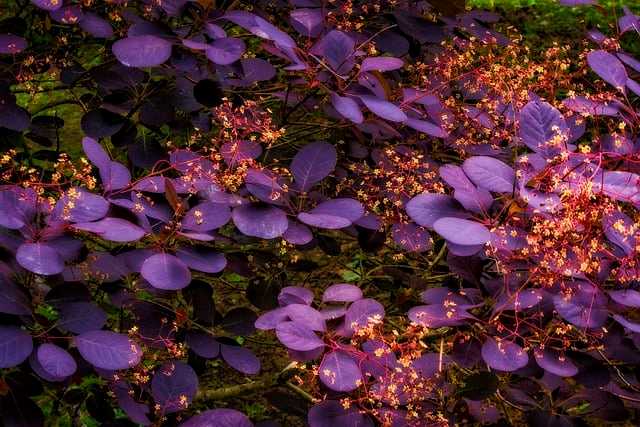
The Smoke Tree is a unique ornamental that offers dramatic foliage and cloud-like flowers. It’s well-suited for USDA zones 5 to 8 and can be planted in late summer. Preferring full sun and well-drained soils, this tree provides year-round interest, transitioning through vibrant colors from green to burgundy in the fall.
Ninebark
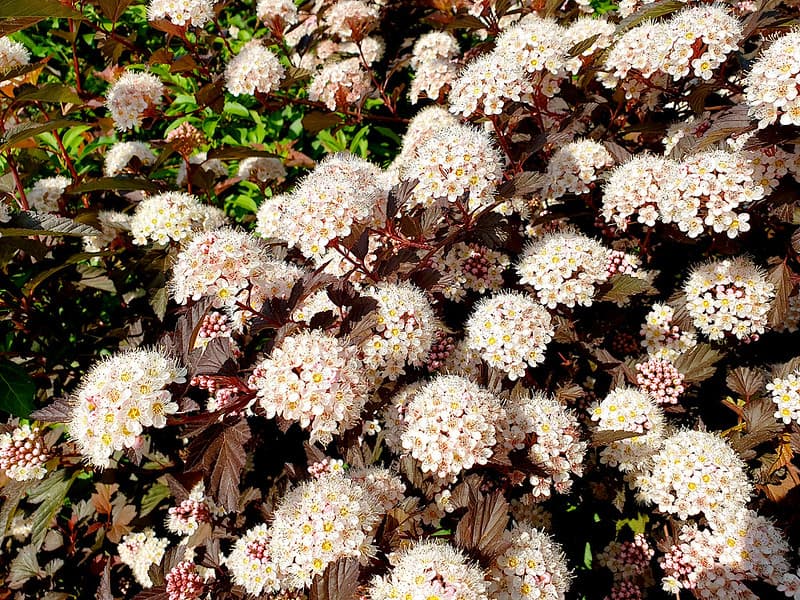
Ninebark is a native shrub that can enhance any landscape. It’s suitable for USDA zones 3 to 7 and can be planted from mid-August through September. It thrives in various soil types and produces clusters of white flowers in late spring and summer, adding charm and attracting pollinators.
Golden Chain Tree

The Golden Chain Tree offers beautiful yellow flowers and thrives in USDA zones 5 to 8. Plant these trees in late summer, preferably in well-drained soils and full sun. They provide a spectacular spring display, and though they prefer a slightly warmer climate, their picturesque look makes them worth considering even in cooler areas.


